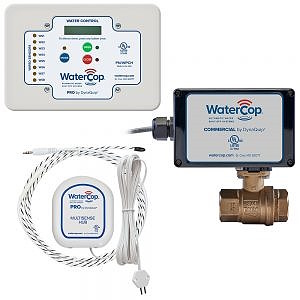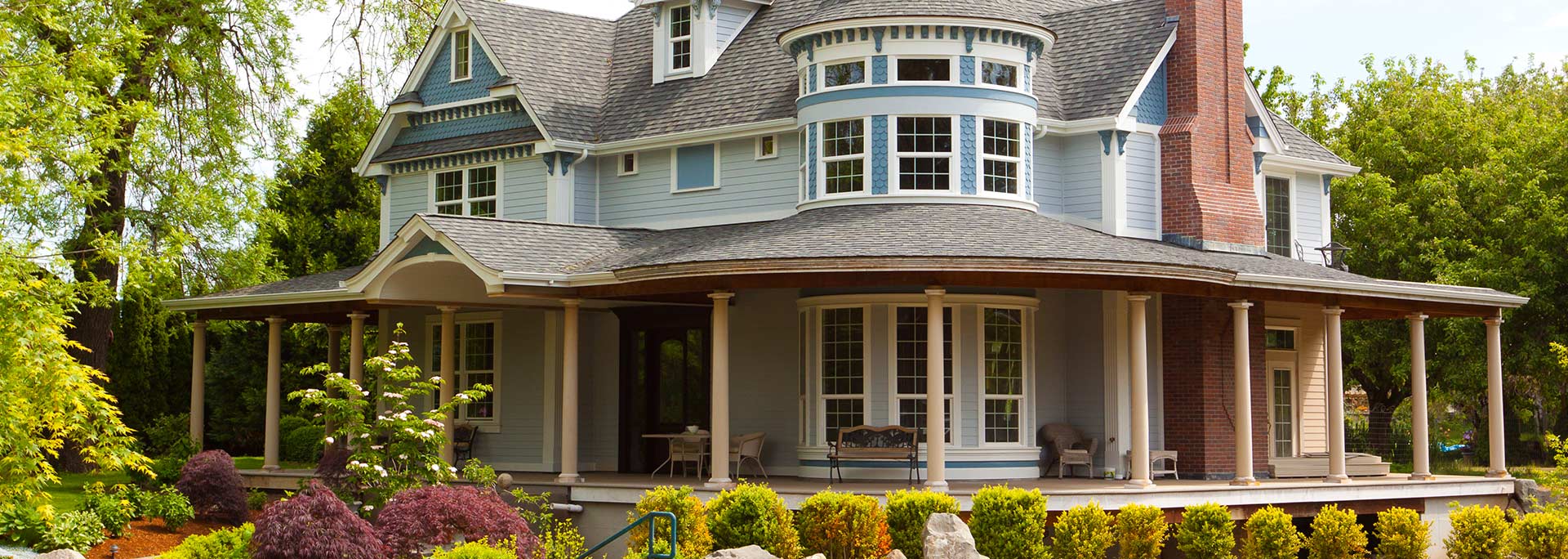You love your older home and where others sometimes see dated architecture and missing paint, you see opportunities to continue to improve the house that feels like part of your family. Of course, your adoration of the aging dwelling means that you have to be mindful of the ongoing maintenance that is required and one of the priority items on your checklist should be to ensure that your home is protected from water damage.
Household water damage causes nearly $20 billion in damages annually and if your house is 50 years or older, it may be particularly susceptible to this costly and worrisome challenge. But take heart: there are some precautions you can focus on to help your classic home stay cozy and dry for years to come. So settle back into that soft couch that probably needs replacing but is still oh so comfortable and let’s review a few preventative tips for avoiding home water damage.
Inspect your roof.
Let’s start at the top. At first glance your roof may look fine, but upon closer inspection (by you or a professional) you may find that there are a few small issues that can cause big problems for your home. A tiny leak can cause severe damage before you even realize it’s there and the resulting rot and mold can lead to wet insulation and (oh no!) even structural damage that you could be paying for well into the future. Taking a look at your roof now and periodically throughout the year will help you to rest easier and give you more peace of mind.
Clean your gutters.
Speaking of your roof, your gutters are another important home element to maintain. When your gutters become clogged with leaves and other debris, that rainwater and melting snow has to go somewhere – and that could be into your home. Be sure to clean out your gutters a few times each year and closely monitor them to prevent any unnecessary problems and water damage. This includes your downspouts as well and will help to ensure that water does not have the opportunity to pool on your roof or near your foundation.
Regularly check appliances and hoses.
Did you read our recent blog on winterizing your home appliances? If you haven’t, take a quick look. In fact, it’s an important issue to consider all year long. Pay particular attention to the hoses – if you detect any water leaks, replace them immediately. Also, check under and around your appliances for any signs of water that may indicate a leak issue. Staying on top of potential appliance leaks today will help you have a trouble-free day (at least as far as your home is concerned) tomorrow.
Monitor your water usage.
Have you noticed an increase in your water bill – even if it is only slightly – that you can’t explain? This could be an early sign of a water leak. Check all of the pipes and water connections throughout your home, from the basement to the attic, including your kitchen, all of your bathrooms, and all exposed water pipes and connections. If you can’t find anything obvious, consider investing in a professional inspection.
Install a WaterCop device.

No matter how careful you are, unforeseen circumstances can threaten your classic home, or any house for that matter. Don’t take chances – take charge with a WaterCop system that can detect leaks and utilizes an automatic shutoff valve installed on your home’s water supply line. In addition, a SmartConnect WiFi device and mobile app interface provides system alerts, notifications, and remote control of your WaterCop system, all with a few touches of your smartphone. It’s a great investment in home protection – and peace of mind.
You take pride in your older home. Make sure you give it the TLC it deserves. By following these tips, you can show your house a little love and protect your investment as well. If you would like to learn more about what WaterCop has to offer, we invite you to explore the details within our website or feel free to contact us at 800-545-3636.
